Director Abel Ferrara is nearly synonymous with New York City, despite currently living in Italy for over twenty years, which may be why Quentin Tarantino thought of Ferrara as “the new Scorsese” after he saw 1981’s MS. 45. He wasn’t the only one to make the comparison, in his review, critic Gene Siskel called 1984’s FEAR CITY “a second-rate urban thriller packed with elements lifted from the infinitely finer films of Martin Scorsese,” though Quentin likely meant his comparison in a more positive light.
In truth, Ferrara wasn’t strictly working in his hometown even early on in his career, with parts of FEAR CITY being shot in Los Angeles. What also isn’t often discussed in the career of the man who directed KING OF NEW YORK and BAD LIEUTENANT and decades of films is his brief sojourn into television.
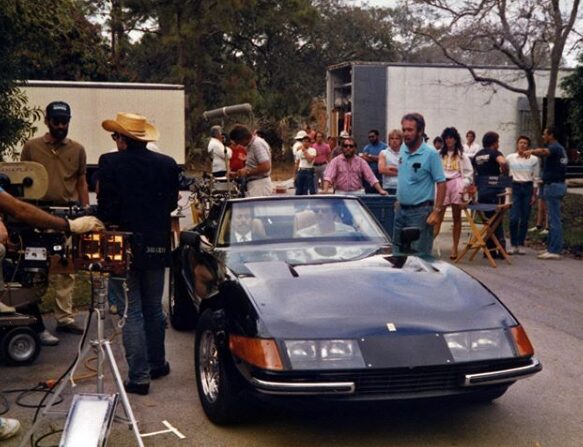
Following FEAR CITY, Ferrara was disillusioned. “You gotta understand, they destroyed FEAR CITY,” Ferrara explained to Filmmaker Magazine. Nicholas St. John’s script, originally written in the mid-70s, was apparently much darker, but the producers, one of which was Bruce Cohn Curtis, the grandson of Columbia Pictures co-founder Jack Cohn, wanted something different.
“This was one of the first times where we didn’t have final cut,” Ferrara told Film Annex in 2010. “We took a payday, and the film was pretty much changed in a lot of ways.”
One of those ways was the ending. “The ending was changed two different times,” Ferrara explained. “They wanted a happy ending, right? So after the cop comes and sees the guy dead on the ground, he says to the guy, ‘okay, you’re a hero, go home,’ as opposed to him being arrested.”
While retreating to television could’ve been misconstrued as giving up on filmmaking, Miami Vice was not your typical television show. With a budget of $1 million dollars per episode and shot over 7 days, each episode was more like a short film. Ferrara even described the show as having a “New York feature film mentality” to Newsday in 1985. Perhaps that added to the appeal for Ferrara, who directed his first Miami Vice episode in February of 1985.
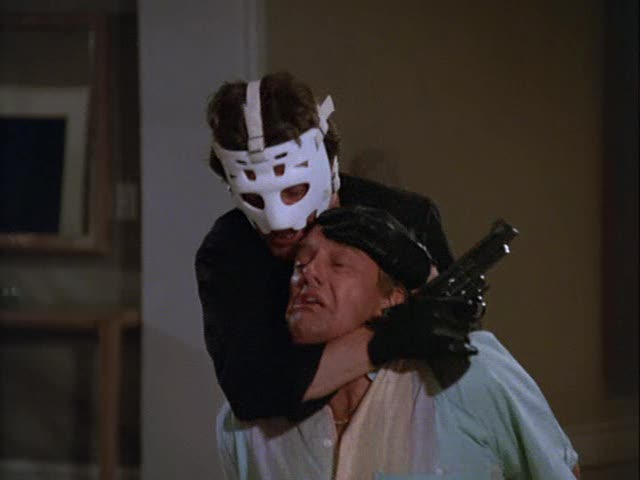
Written by Chicago cop-turned-writer Chuck Adamson, “The Home Invaders” sees Crockett (Don Johnson) join with the Robbery Division to take down a ruthless group of home invaders played by a young Esai Morales (MISSION IMPOSSIBLE: DEAD RECKONING), David Patrick Kelly (48 HRS.), and Paul Calderon (PULP FICTION), who would go on to work with Ferrara in several more films, including KING OF NEW YORK and THE ADDICTION.
Instead of the usual pairing of Crockett and Tubbs (Phillip Michael Thomas, who would later star in New World Television’s FALSE WITNESS), this episode sees Sonny partner with Castillo (Edward James Olmos) in an unusual twist. The reason for Thomas’s absence was work-related. While shooting a scene in a previous episode, Thomas cut himself on a piece of wood and it had become infected, causing the actor to be hospitalized for a week. The episode was re-worked to have Castillo partner with Crockett instead.
The masks worn by the invaders gives the proceedings an exploitative edge, one that feels perfect in Ferrara’s hands. It also allowed Ferrara to dive into a little comedy, with Sylvia Miles (SPIKE OF BENSONHURST) jumping in as Mrs. Goldman, a bawdy and flirtatious woman whom Crockett and Castillo discover might be a potential target for the invaders.
In the end, the invaders are dispatched in the typical fashion of Miami Vice: a flurry of bullets. When Crockett and Castillo catch the invaders during a break-in at the home of Mrs. Goldman’s daughter, they swiftly take down the criminals before even yelling “freeze.” It wasn’t unusual for an episode to end that way – though it was strange to see Castillo doing the shooting – but it was in sharp contrast to the next episode Ferrara shot the following month in March of 1985.
Titled “The Dutch Oven,” this episode was shot closely after the first season finale, but aired 4th in Season 2. While Thomas returns as Tubbs, the episode focuses on another cast member, Trudy Joplin (Olivia Brown). In the opening scene, Trudy kills a suspect in an undercover drug deal gone bad. Unlike other episodes, however, Trudy is harshly investigated by Internal Affairs for the shooting, which begs the question. “where were you guys in Season 1?”
Shaken by the ordeal, Trudy calls up an old flame by the name of David Jones (Sliders‘ Cleavant Derricks), who sings and performs at his bar, and also happens to have a good friend Adonis (played by Giancarlo Esposito, who would work again with Ferrara on KING OF NEW YORK) who deals drugs. Now, it’s the 80s, everyone had a friend that dealt drugs, but not everyone introduces their drug-dealing friend to their `newly-rekindled cop girlfriend. So perhaps it’s not that alarming that Trudy soon finds that she cannot ignore her duties as a police officer and decides to set up Adonis for a bust. Well, it’s a surprise for David, but should it be?
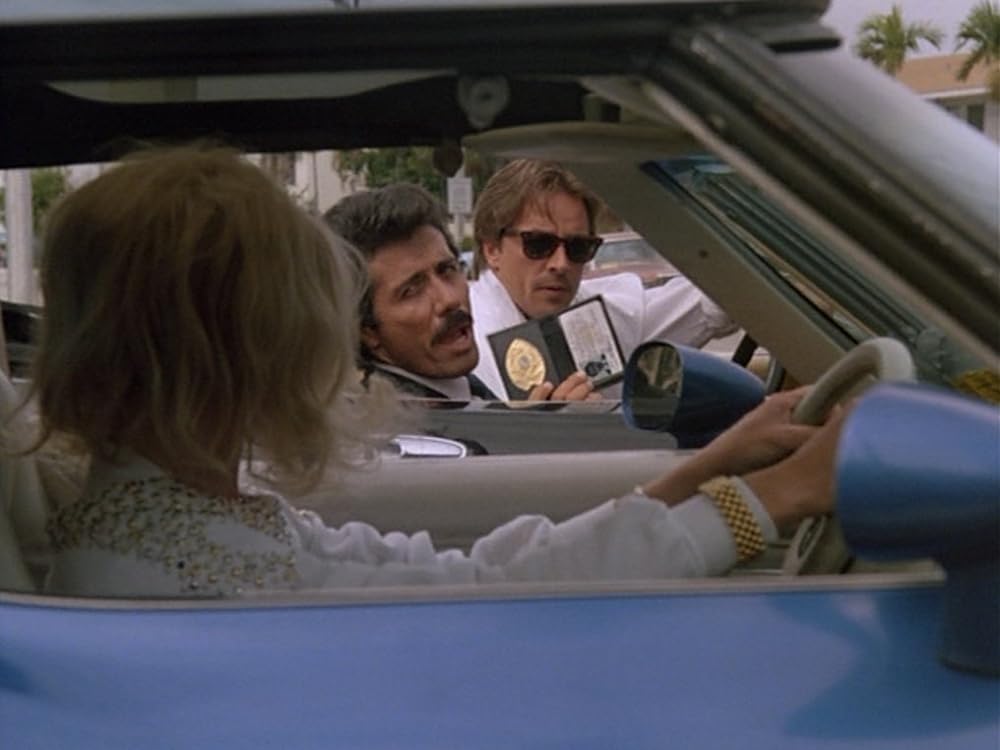
Speaking of David, he’s not the only one who sings a song in the episode. (Oh, by the way, David sings a song in the episode.) David Johansen also shows up at a party to sing “King of Babylon,” a song off of his 1984 album Sweet Revenge. Having just sung “New York Doll” at the closing of Ferrara’s FEAR CITY, Johansen’s appearance is hardly a coincidence. In fact, both songs were written by Joe Delia, Ferrara’s composer for MS. 45, KING OF NEW YORK and many others, as well as – and this is a coincidence – New World’s FREEWAY.
With two episodes of Miami Vice under his belt, Ferrara’s next job was the TV movie THE GLADIATOR, starring Ken Wahl and Nancy Allen. Shot entirely in Los Angeles, Ferrara’s substance abuse issues were doing him no favors. “LA’s where I started to go off the rails, man,” Ferrara admitted. “The place is like a cesspool. It’ll suck you dry. It’s a dangerous game…” (“Dangerous game?” Did Ferrara really drop a title of one of his films while describing his life? Anyway.)
In the film, Wahl portrays a mechanic who seeks revenge after a crazed motorist kills his brother (Brian Robbins of Head of the Class and somehow currently the CEO of Paramount). Allen portrays a radio host who gets romantically involved with Wahl after he does some work on her car (and then does some more personal body work if you know what I mean). Robert Culp shows up to play the police detective on the case in one of his sleepiest performances.
Whether this was another attempt to break into the mainstream or simply picking up a job is unknown, but Ferrara was at least was trying to get back into film mode by bringing back his FEAR CITY cinematographer James Lemmo (who later directed New World’s HEART). Lemmo was absent for the Miami Vice episodes, but manages to give THE GLADIATOR at least a little of a Ferrara feel, even if it the movie doesn’t rise above other TV movies from that time. Whether this was discussed at New World as a potential series is also unknown, though it certainly had potential.
That said, as Allen relayed to Money Into Light, Ferrara’s heart was clearly not in this one. “I remember Ken Wahl and I went into Abel’s trailer to discuss the movie and he said ‘So what are we going to do with this piece of shit?’ He was great. That for me encapsulates the whole experience.”
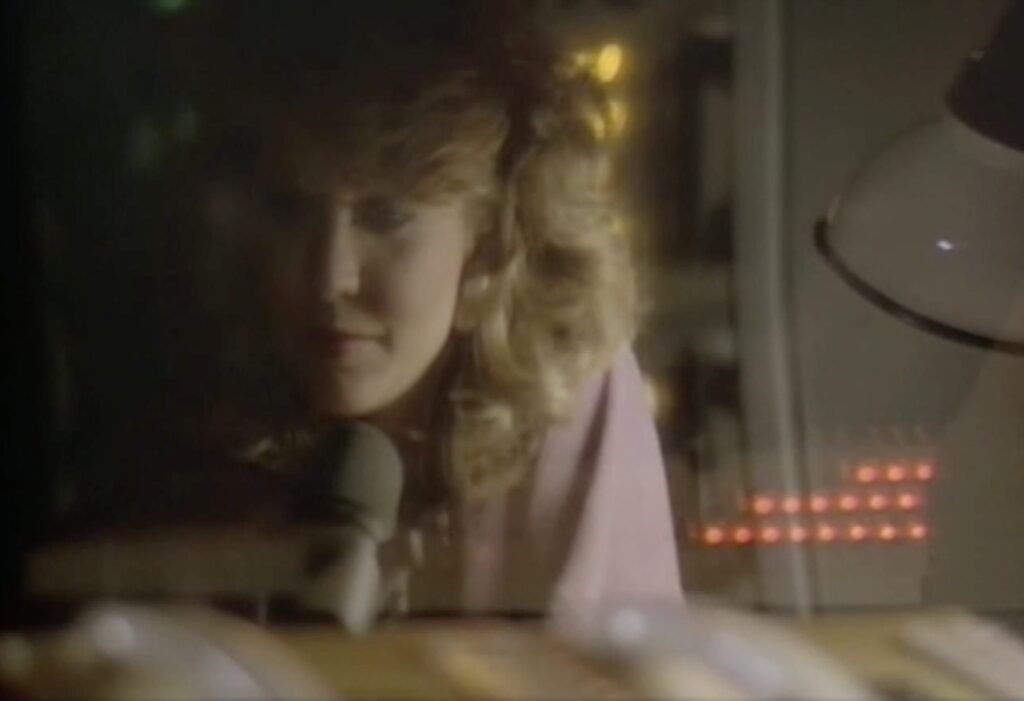
However Ferrara may have felt about THE GLADIATOR, he did continue to work for New World in at least on more project, the pilot for the TV series Crime Story, though that may have been more to do with Michael Mann than New World. With the success of Miami Vice in full swing, Universal was ready to back any new TV project from Mann, until they looked at the bottom line and saw how much Crime Story was going to cost them. Enter New World Television, who, in return for their financial involvement, would get to distribute the series overseas, where they would market the show as a miniseries for a substantially higher rate.
The genesis of Crime Story came from Chuck Adamson, the writer of Ferrara’s first Miami Vice episode. A former Chicago cop (like the show’s lead, Dennis Farina, who actually worked under Adamson’s supervision while on the force), Adamson was a part of team that arrested a group of home invaders in the same neighborhood where Mann had grown up. Mann heard the shootout one afternoon when he was home for college, and the case became a huge source of inspiration. Outside of the Miami Vice episode, the case was also the subject of a book – Frank Hohmer’s The Home Invaders – which Mann adapted into his first theatrical film, 1981’s THIEF, which also featured Farina in a small role. It also inspired a relationship with Adamson, who would co-create Crime Story with Gustave Reininger.
Shooting the feature-length pilot kept Ferrara from returning to New York, but did get him out of Los Angeles for Chicago. Lemmo did not return to shoot the pilot, Mann employed Miami Vice regular James Contner, who had shot both of Ferrara’s episodes, and does a solid job giving Ferrara filming the wet, nighttime street look Ferrara brought to FEAR CITY.
Ferrara does a solid job in the pilot, which became at least a critical success when it aired in September of 1986, and helped launch Farina’s career. Like Miami Vice, the show would include several notable actors in early roles, including David Caruso, who would work with Ferrara again on KING OF NEW YORK. Ferrara didn’t direct another episode of the series, but that may have been because the show would not last beyond a second season, with NBC bouncing the show all over its schedule to avoid competing with the likes of Moonlighting and other popular series of the day.
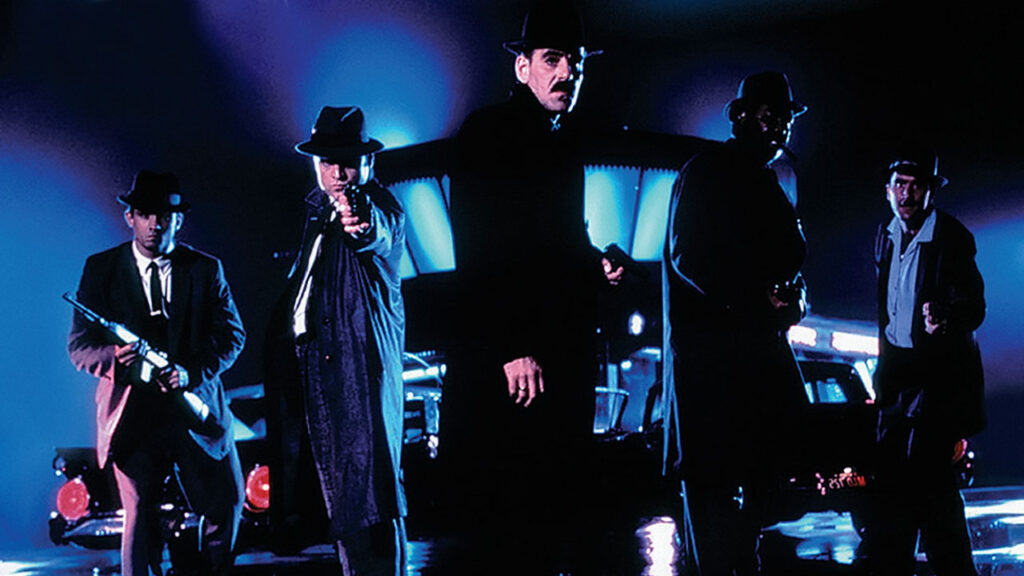
After Crime Story, Ferrarra would return to New York to film CHINA GIRL, written by frequent collaborator Nicholas St. John and with music from Delia. Ferrara only had one more TV project, a TV movie called THE LONER that he made for Aaron Spelling, an even more obscure work than THE GLADIATOR. It followed a cop and his partner trying to solve a jewel theft, and if you can find it anywhere, let us know, would you?
Until then, we await Ferrara’s return to the small screen. While the director has remained steadily busy while living overseas, we at least have not forgotten his contributions to television.
